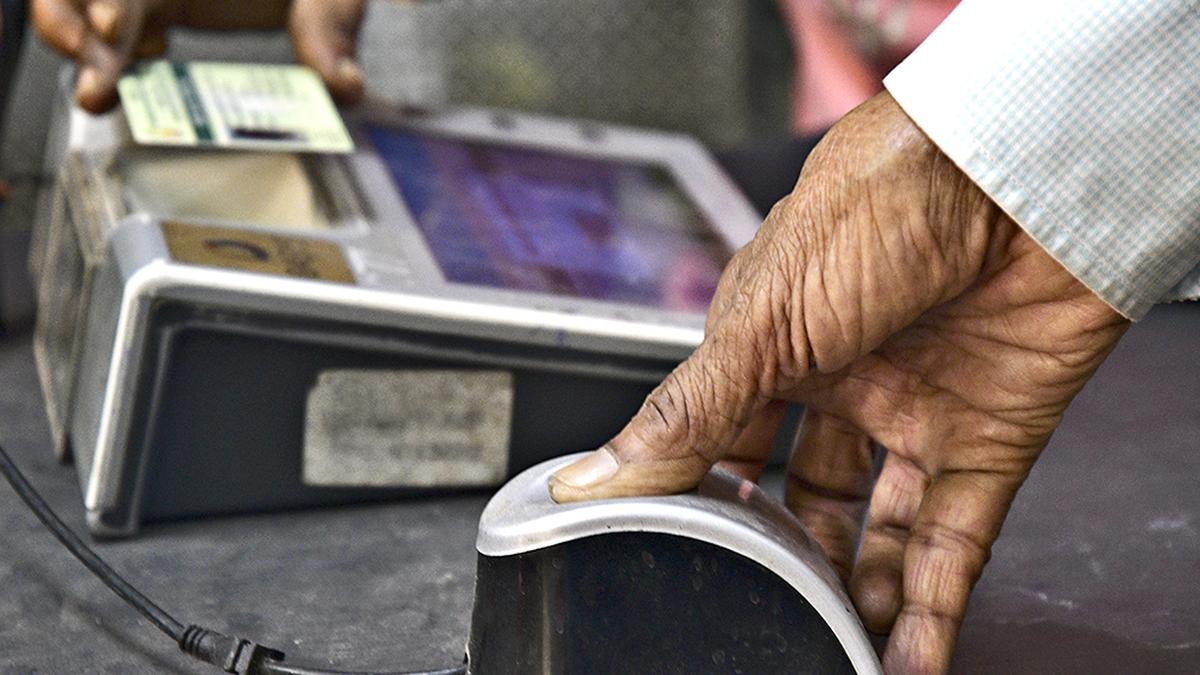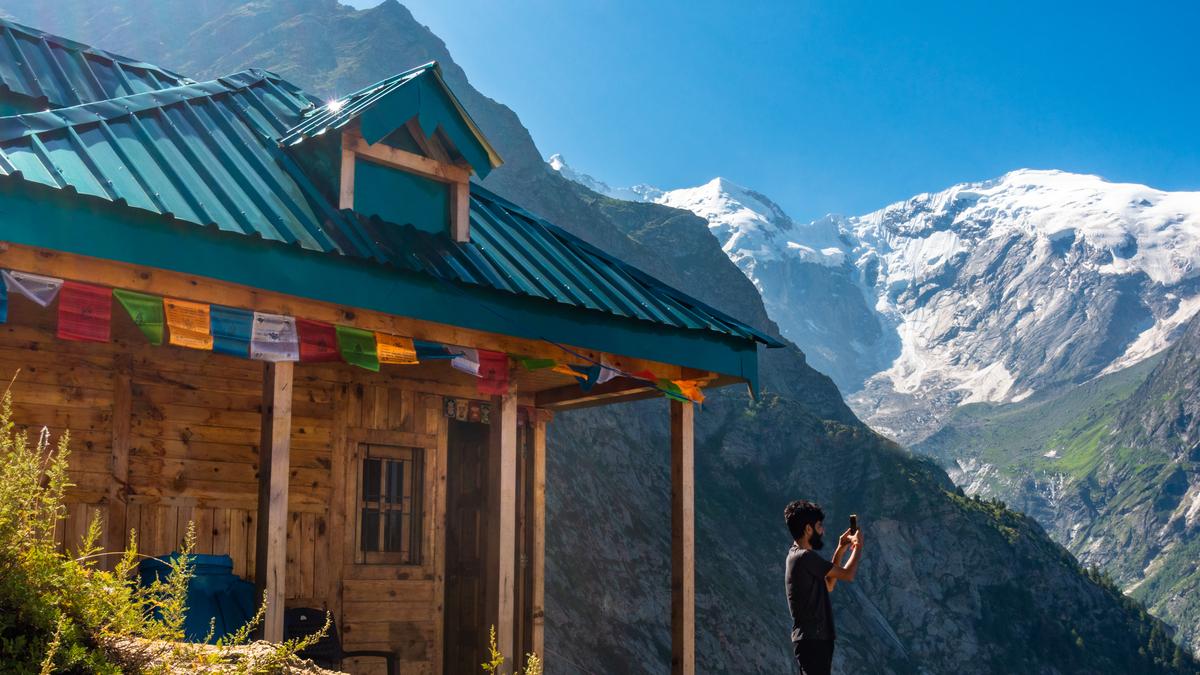



The India-Middle East-Europe Economic Corridor (IMEC) is a strategic initiative aiming to improve trade and connectivity between Asia, the Middle East, and Europe. It aims to reduce transit time and costs by 40% and 30% compared to the Suez Canal route, using undersea data cables and hydrogen pipelines for climate and decarbonization.

Copyright infringement not intended
Picture Courtesy: https://www.lowyinstitute.org/the-interpreter/history-repeats-new-old-economic-corridor-emerges
India-Middle East-Europe Economic Corridor (IMEC) promotes US-India collaboration, improving trade, energy security, and environmental sustainability.
It is a planned economic initiative aimed at enhancing trade and connectivity between Asia, the Middle East, and Europe by developing a network of transportation and communication links like railways, roadways, and shipping routes.
It was announced in September 2023 at the G20 summit in New Delhi. India, the United States, the United Arab Emirates, Saudi Arabia, France, Germany, Italy, and the European Union all signed the MoU for IMEC.
It is expected to reduce transit time by 40% and costs by 30% compared to the Suez Canal route.
The project includes undersea data cables and long-distance hydrogen pipelines aimed at achieving climate and decarbonization goals.
IMEC is a strategic initiative aimed at countering China's growing influence in the Middle East through the Belt and Road Initiative (BRI).
It aims to promote economic interdependence, reduce tensions in the Middle East, and diversify trade routes, potentially reducing reliance on the Suez Canal.
It has the potential to boost economic growth in participating countries by promoting efficient trade routes and lowering trade barriers.
It promotes the transfer of renewable energy sources, such as hydrogen, from Gulf states to Europe, diversifying energy supply and enhancing energy security.
It will contribute to infrastructure development, promoting economic activity and creating new job opportunities.
The IMEC shipping route connects Mumbai and Mundra (in Gujarat) to the UAE. Additionally, it features a rail network that connects the UAE, Saudi Arabia, and Jordan to the Israeli port of Haifa, providing access to the Mediterranean Sea.
Haifa will be linked to Greece’s Piraeus port by sea, and from there, it will connect to Europe through existing transportation networks.

The eastern section of the IMEC, which links the UAE and India, is progressing rapidly due to strong economic ties between India and the UAE. The Comprehensive Economic Partnership Agreement (CEPA) has boosted trade, particularly in non-oil sectors.
The western section of the IMEC faces challenges due to the ongoing Israel-Palestine conflict, which has disrupted plans and affected the participation of Saudi Arabia and Jordan, as they need to collaborate with Israel on the project.
It faces several challenges, including geopolitical tensions, infrastructure gaps, financial constraints, regulatory barriers, competition from other initiatives, and energy security concerns.
The conflict between Israel and Palestine, existing political tensions between Iran and Saudi Arabia, and the wide range of political systems across participating countries can hinder cooperation and project implementation.
Existing transportation networks may not be sufficient to support the large scale of trade expected by the IMEC, which require significant infrastructure development like railways, ports, and highways.
Financial challenges due to the involvement of multiple countries, the large-scale nature of the project, which requires clear financial frameworks and incentives to attract corporate investors.
Integrating renewable energy sources like green hydrogen may face challenges due to technology and infrastructure development issues.
Establish a dedicated secretariat for project implementation, research, and stakeholder engagement across participating nations, while establishing standardized regulations for smooth trade flow across the corridor.
Improving port facilities in key locations like Kandla and Jawaharlal Nehru Port, investing in rail, road, and pipeline networks connecting India to the Middle East and Europe, and prioritizing digital connectivity for efficient trade processes.
Promote political unity among participating nations, address potential conflicts, and prioritize collaborative decision-making, while navigating geopolitical sensitivities for equitable benefits.
Trade simplification through customs harmonization and digital platforms, as well as encouraging private sector investment in infrastructure projects and industrial development along the corridor.
The corridor should promote renewable energy sources and green technologies to minimize environmental impact, and climate resilient infrastructure development practices should be implemented.
To finance critical projects, seek support from international organizations like the World Bank, Asian Development Bank, and European Union, and encourage private companies to participate in infrastructure development and trade activities.
Must Read Articles:
INDIA-MIDDLE EAST-EUROPE CORRIDOR (IMEC)
INDIA-MIDDLE EAST-EUROPE CORRIDOR (IMEC)
BELT AND ROAD INITIATIVE (BRI)
Source:
|
PRACTICE QUESTION Q.Explain the strategic importance of the India-Middle East-Europe Economic Corridor (IMEEC) for global trade. 150 words |



© 2025 iasgyan. All right reserved